Whether you have dietary restrictions or are simply learning to eat right, there are a few ingredients you should always have in your kitchen. You should be able to turn to pantry and refrigerator staples in a pinch, as they appear frequently in weekly recipes.
Long gone are the days you spend rummaging through your kitchen, searching for what to eat. These ten ingredients let you plan for every meal.
Rice
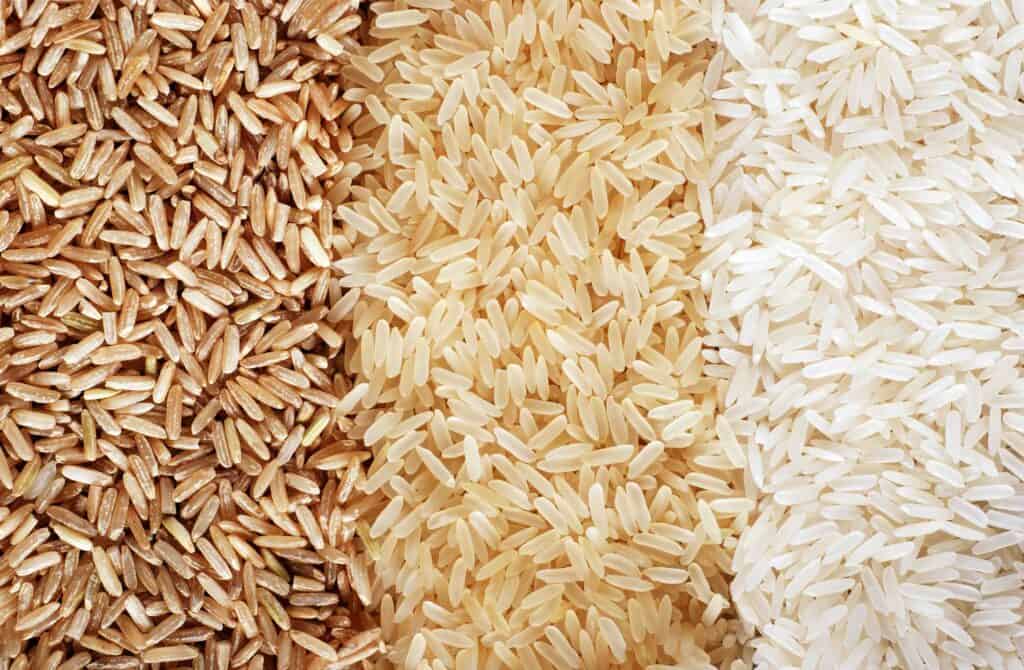
Brown and wild rice are healthy grains to accompany meals or incorporate into dishes. Brown rice, in particular, contains ample amounts of B vitamins, magnesium and potassium. It's also high in fiber, which aids digestion and stabilizes blood sugar levels.
Add wild rice to soups or create one-pan dinners. You can even include brown rice as a side dish for a vegetable stir fry.
Lentil Pasta
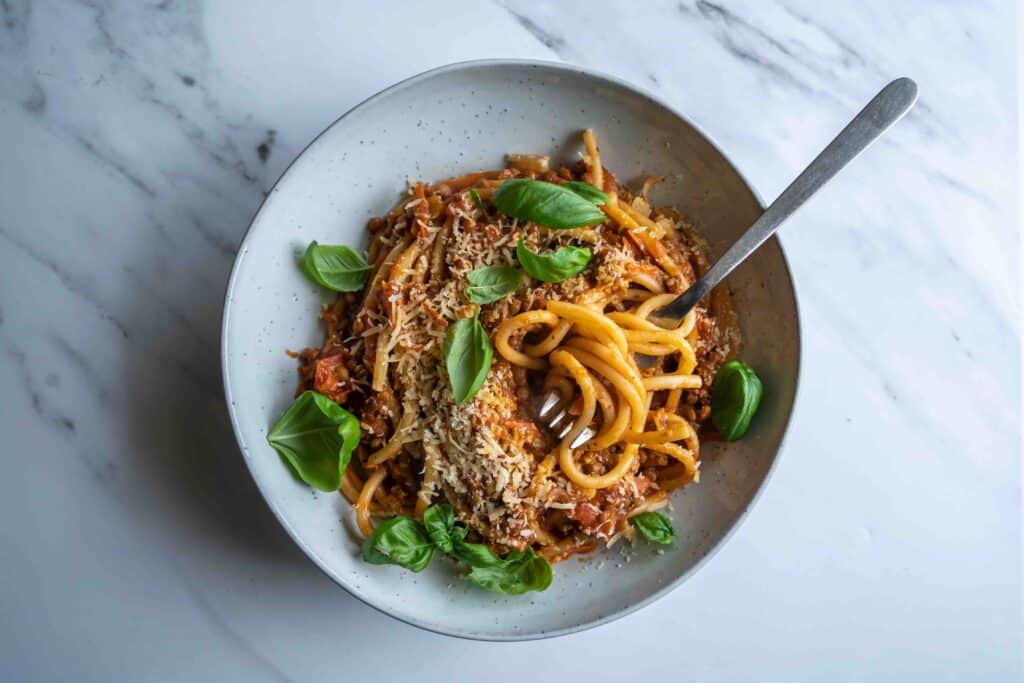
Regular pasta is high in carbohydrates and not your pantry's most nutritious food staple. Lentil pasta is the ideal choice when craving a bowl of spaghetti and meatballs.
In addition to being an excellent gluten-free alternative, lentil pasta is high in protein. A global study found that protein accounts for 23.4%-36.4% of lentils' nutritional value. A bowl of lentil pasta also delivers sufficient protein for plant-based dieters.
Fresh, Frozen or Canned Produce
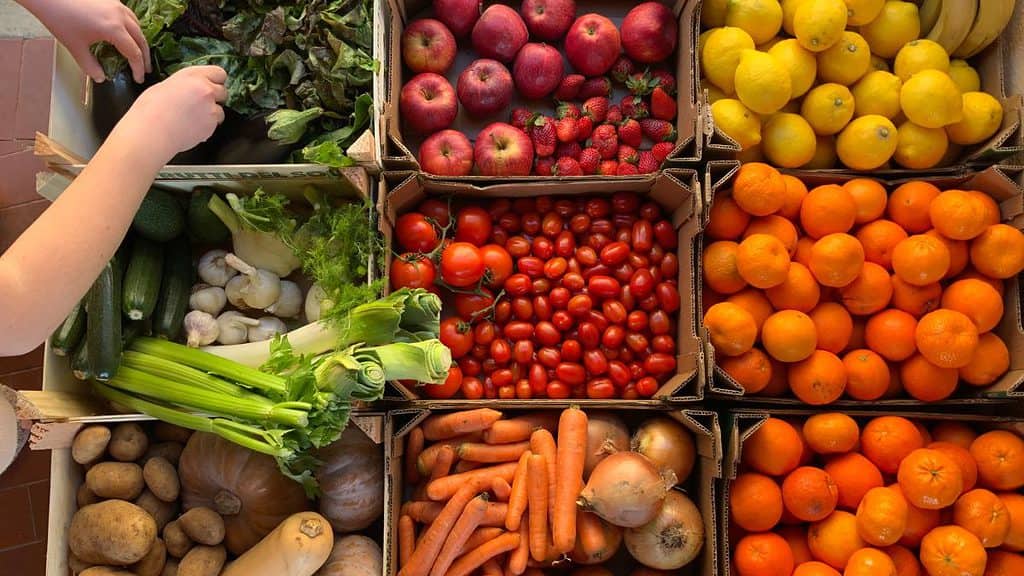
Keeping fresh vegetables and fruits on hand is essential, regardless of dietary restrictions. You can use different produce in cooking or eat them raw as a snack. Frozen fruits and vegetables maintain their nutritional value more than fresh goods from the produce aisle.
You can also opt for canned items — but avoid fruit that sits in sugary syrups if you're watching your blood sugar.
Olive Oil
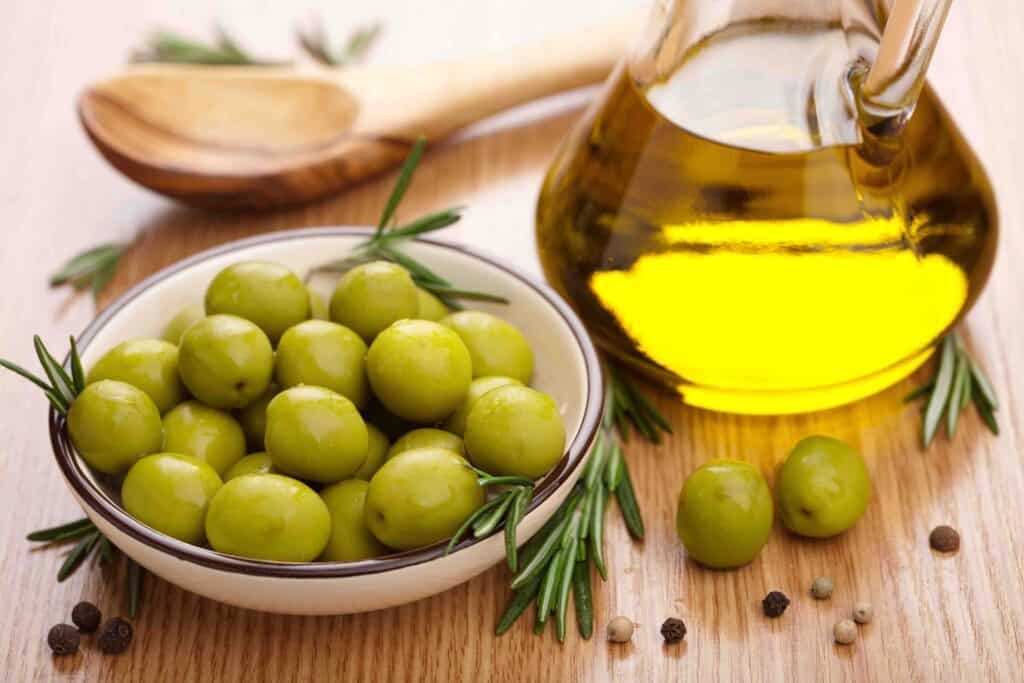
Healthy fats should comprise 20%-35% of your daily calories — a drizzle of olive oil over your food is a good option. You can use it to saute vegetables and meat or roast potatoes. Extra virgin olive oil also helps round out a dish's flavors.
Consuming olive oil benefits your heart. One study found that half a tablespoon daily provides a 14% lower risk of cardiovascular disease and an 18% lower risk of coronary heart disease.
Flour Alternatives
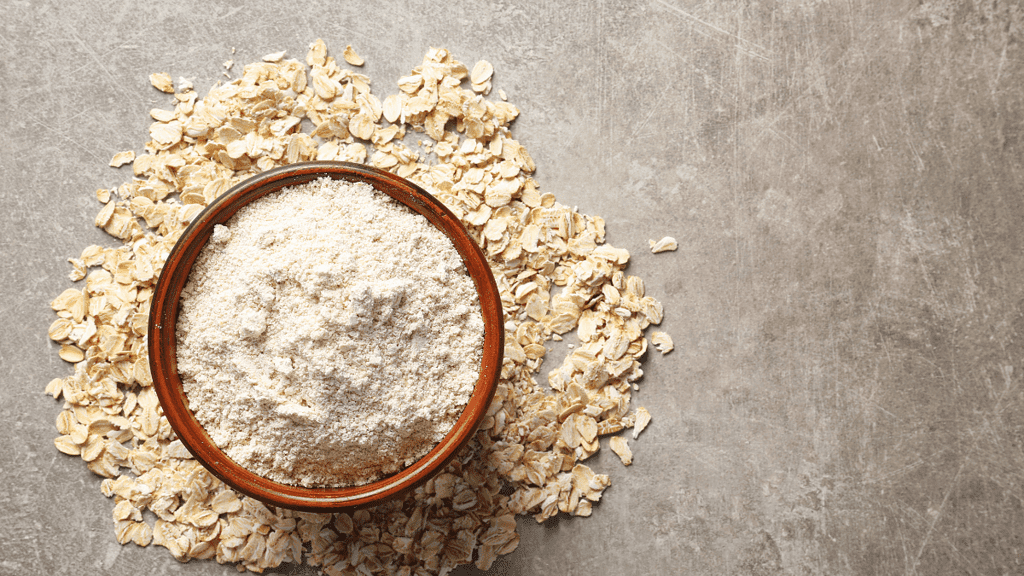
All-purpose flour is one of many types available for baking and cooking. However, white flour isn't good for you if you have celiac disease or gluten intolerance. Although gluten isn't necessarily bad, eating it can make nutrient uptake difficult for some people by harming the lining of their small intestines.
Alternatives include almond, cashew, coconut, chickpea flour, and xanthan gum — all of which give baked goods different flavors and textures.
Beans
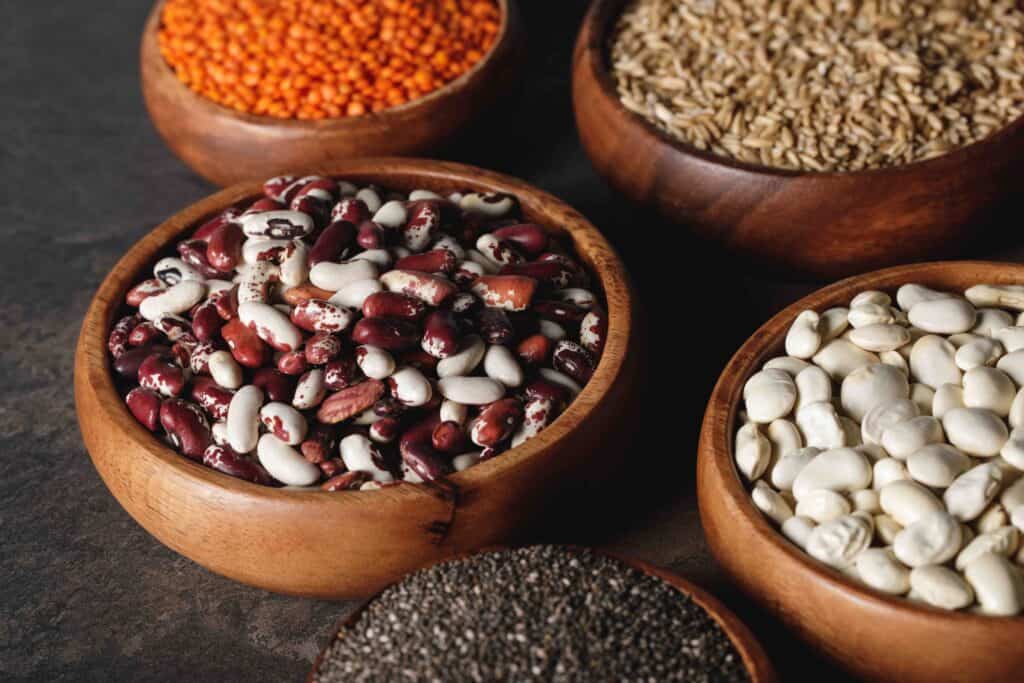
Beans are another versatile kitchen ingredient you should always have on hand. They’re a high-protein, gluten-free, plant-based item you can use when preparing various cuisines.
Cook them or eat them raw in a mixed bean salad. You might also add them to soups as a thickener and enhanced flavor. For instance, it only takes 30 minutes to whip up a hearty, spicy sausage and bean soup using two cans of cannellini beans.
Tamari Sauce

A splash of tamari sauces goes a long way in Asian dishes, whether stir-frying vegetables or making ramen. Unlike regular soy sauce, tamari contains no wheat, making it safe for those with gluten restrictions.
Tamari sauce is high in sodium. However, some brands carry a low-sodium version for you to use instead. According to the Centers for Disease Control and Prevention (CDC), American adults should consume no more than 2,300 milligrams (mg) of sodium daily or they put themselves at risk for high blood pressure, heart disease, and stroke.
Chicken
Clinical trials have shown that eating more than the recommended 48-56 grams (g) of protein daily results in weight loss success. For one thing, it's satisfying. However, eating leaner, healthier animal protein sources, such as chicken, is essential.
White meat chicken should be low in saturated fats and unprocessed — meaning you should look for USDA-certified organic, antibiotic-free, free-range poultry. Additionally, aim for 21-28 g per meal, which translates to 3-4 ounces per serving.
Seasonings and Herbs
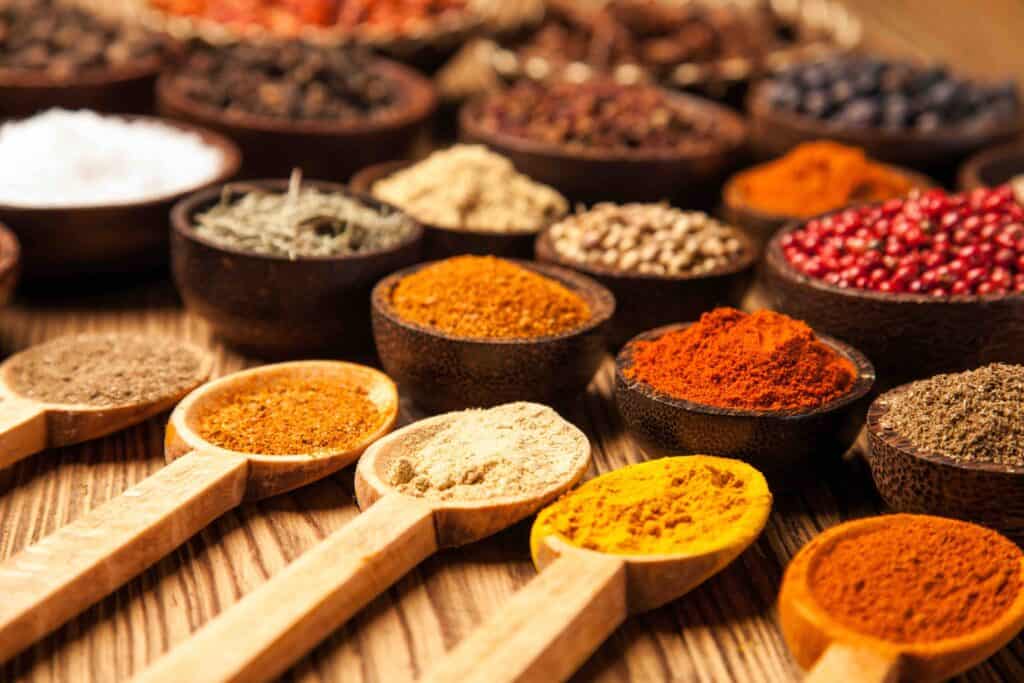
Always keep an array of seasoning and fresh herbs in your kitchen to flavor dishes — but read labels to ensure spices are gluten-free. Also, consider starting a windowsill herb garden to cut fresh herbs in a pinch.
Spice blends are invariably helpful — poultry blends, seasoned salt, berbere, dry rubs and herbes de Provence are only a few of the many seasonings you can find in the grocery store to fill your spice cabinet.
Red Wine Vinegar

Red wine vinegar is a pantry staple with immense versatility in cooking. Use it to make salad dressings and marinades. It also goes well with pork, beef and other heartier meats.
Unlike malt and some flavored varieties — like rice wine vinegar which may contain wheat — red wine vinegar is among several types that are considered gluten-free. Others include white wine, apple cider, and balsamic vinegar. Red and white wine vinegar is derived from grapes, while many distilled varieties initially start as grains.
Essential Kitchen Ingredients Make Eating Healthy Easier

Having the essentials at your fingertips makes cooking much easier, especially when you're tight on time. Ensuring you've stocked up on nutritional, wholesome ingredients also helps you stay on track with healthier eating.

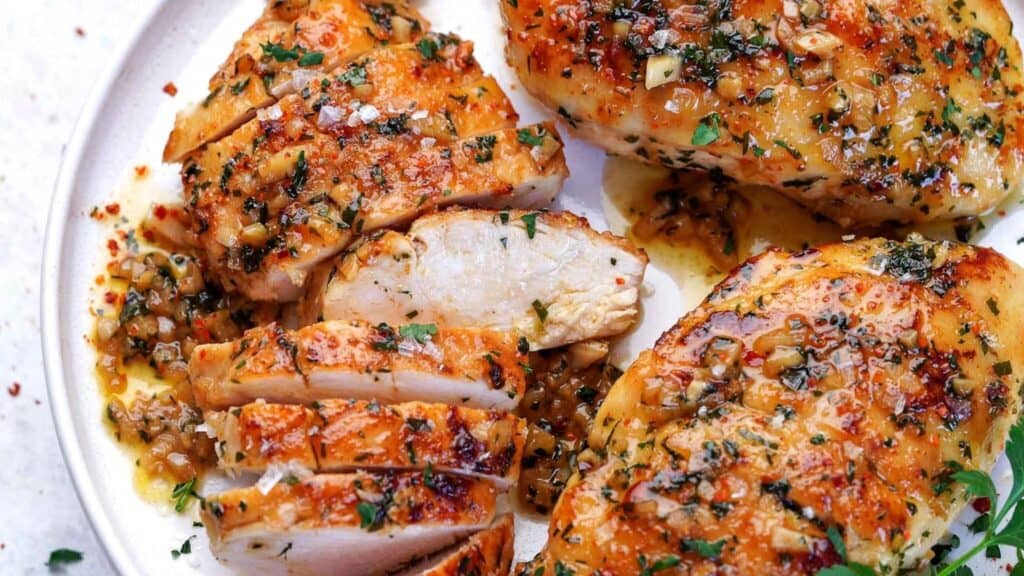
Tell Us What You Think